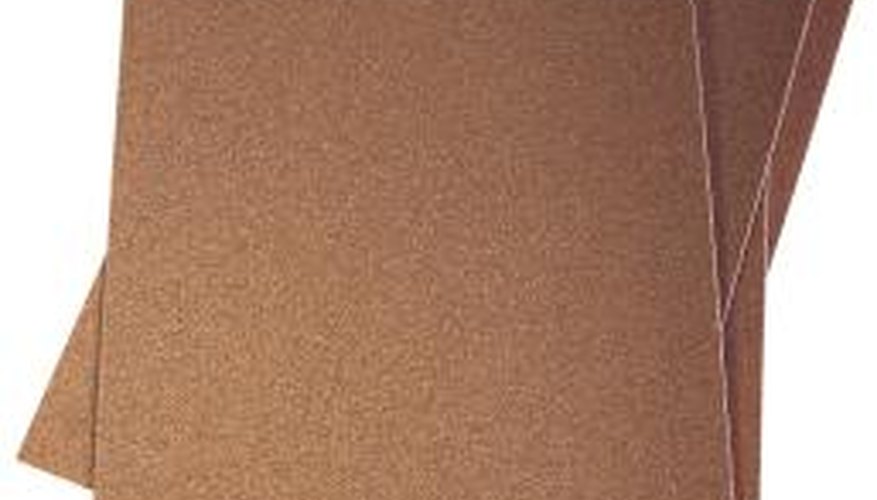Pine tends to darken as it ages, and lightening that darkness and returning pine to its lighter finish makes the pine appear new and fresh. Lightening old pine is a DIY-friendly project that leaves you with raw wood, which you can either stain with a light wood stain or finish with lacquer or varnish to preserve the natural colour of raw pine.
Scrub the pine clean with soap and water to remove any dust, dirt and debris. Let the pine dry overnight.
Sand with low-grit sandpaper to remove any paint and varnish. Sand with the grain of the wood and sand down to the raw wood.
- Pine tends to darken as it ages, and lightening that darkness and returning pine to its lighter finish makes the pine appear new and fresh.
- Sand with the grain of the wood and sand down to the raw wood.
Wipe the pine clean with a tack cloth.
Sand the raw pine with high-grit sandpaper to create a smooth finish.
- Sand the raw pine with high-grit sandpaper to create a smooth finish.
Wipe it down with a clean tack cloth.
Protect the newly lightened pine with a coat of lacquer or varnish.
Sand the pine with high-grit sandpaper to expose the raw pine. Wipe it clean with a tack cloth.
Pour the first chemical in the wood-bleaching kit, often labelled bottle "A," into a plastic bowl. Brush this solution onto the wood, wetting it thoroughly. Wipe the pine with a rag to remove any puddling or excess chemical. Let the pine dry to a damp state.
Pour the second chemical, typically labelled "B," into a separate plastic bowl. Use a clean brush to paint the pine with this chemical. Wear gloves as this chemical will burn your skin if touched. Paint the pine thoroughly and wipe off any excess. Allow the pine to dry to its newly bleached and lighter colour.
TIP
Wood bleaches differ slightly by manufacturer. Always follow the manufacturer's directions for safety and to achieve the best results.
WARNING
Wood bleach can be very caustic. Wear protective rubber gloves to protect your skin when working with wood bleach.
